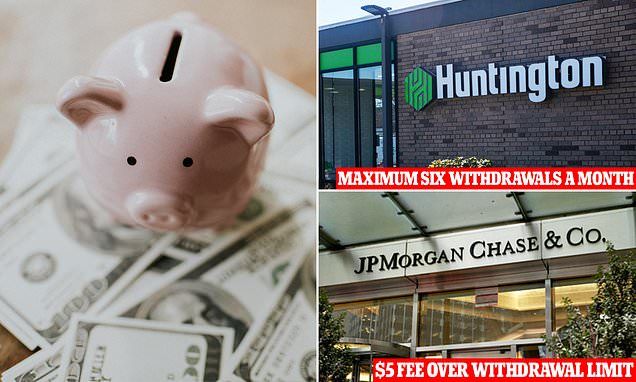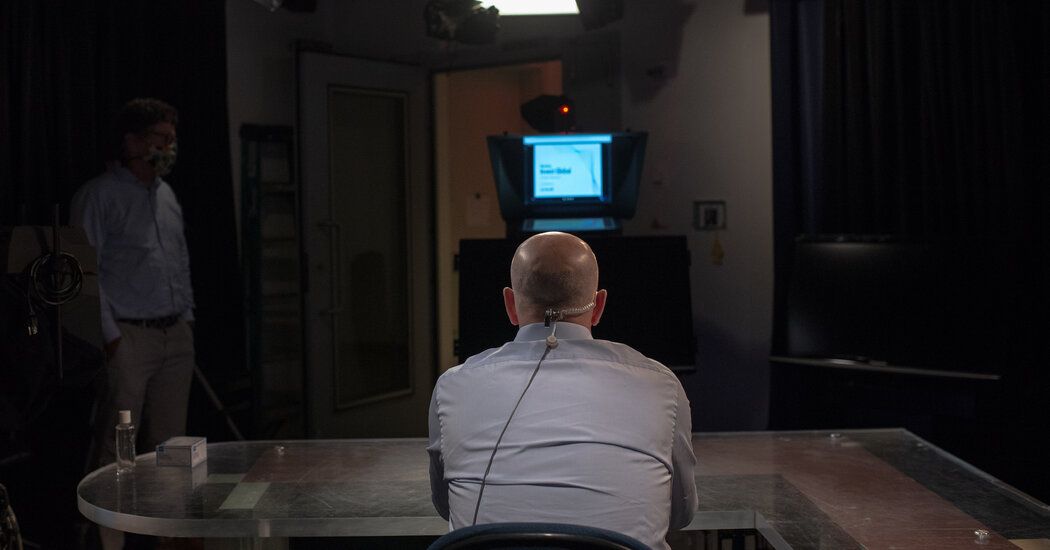Avoid these costly catches with high-yield savings accounts
Higher-yield savings accounts are a safe way to grow funds in the longer term
Experts are warning customers eager to cash in on the surge in high-yield savings accounts of potential barriers and charges to to accessing their cash in a hurry.
With the Federal Reserve pausing interest rate hikes this month, leaving the benchmark rate between 5 and 5.25 percent, the savings rate battle is continuing to heat up.
Yesterday, One, a fintech backed by Walmart officially upped its savings rate to 5 percent - more than 12 times the average offered by mainstream providers.
It comes after tech giant Apple launched a competitive 4.15 percent deal earlier this year, in a bid to draw customers away from major institutions. Traditional banks typically offer a meagre yield of 0.4 percent, according to data from the Federal Deposit Insurance Corporation.
But while it's vital to make your savings pay, experts are urging consumers to be mindful that accessing funds stashed in higher-yield accounts can sometimes take longer and may incur unexpected fees.
Experts are warning customers eager to cash in on the surge in high-yield savings accounts of potential barriers and charges
Banks such as JP Morgan Chase and Huntington incur fees if you go over withdrawal limits on their savings accounts
Withdrawal fees and limits
High-yield savings accounts are recommended as a safe way to grow money for longer-term goals such as a down payment on a home, and are often designed to discourage customers taking money out too frequently.
Before April 2020, federal regulation meant that customers were only able to make six withdrawals or transfers per month from a US savings account.
But despite the Federal Reserve relaxing this rule, 43 out of 67 banks reviewed by Bankrate still imposed limits.
Huntington Bank charges $2 for excess transactions, while JPMorgan Chase charges $5 each time you withdraw or transfer money out of your account after the six transaction limit - capped at $15 a month.
Delays accessing cash
Experts also warn that withdrawing money from online savings accounts can take a few days - especially if it is soon after the money has been deposited, or if it is a large sum.
Taking money out too soon could trigger a temporary hold as it could be flagged as suspicious by a bank, Ken Tumin, industry analyst at LendingTree told MarketWatch.
'Any suspicious activities could cause the bank to freeze your account, and that would delay outgoing transfers,' he said.
It is difficult to know exactly how long to wait until withdrawing funds, Tumin said, as banks do not usually divulge how they classify suspicious activity, but he urges to use caution within the first month of opening an account.
Earlier this month, savers reported having trouble accessing their funds in their Apple savings account, and issues transferring cash between accounts.
Apple ventured deeper into the banking sector with the launch of its new savings account that offers a competitive 4.15 percent interest rate
One customer said he had to sell $12,000 in stocks after he was unable to transfer $10,000 from his Apple Savings account, which boasts a 4.15 percent yield, to cover the bills for a basement remodel. Goldman Sachs said his account was under a security review.
Social media was also littered with similar stories of savers unable to get their hands on their money.
Goldman Sachs said the difficulties were being faced by a 'limited' number of customers. It added delays were often due to rigorous processes designed to protect users.
Delays in withdrawing or transferring funds can be very frustrating for people who are constantly chasing the highest interest rates and who want to move their money into and out of accounts quickly, Tumin said.
He recommends that it is worth checking with the bank's customer service department before initiating a transfer to learn about any restrictions or limits.
If you do have problems accessing your funds, get in touch with your bank.
Source: Daily Mail


